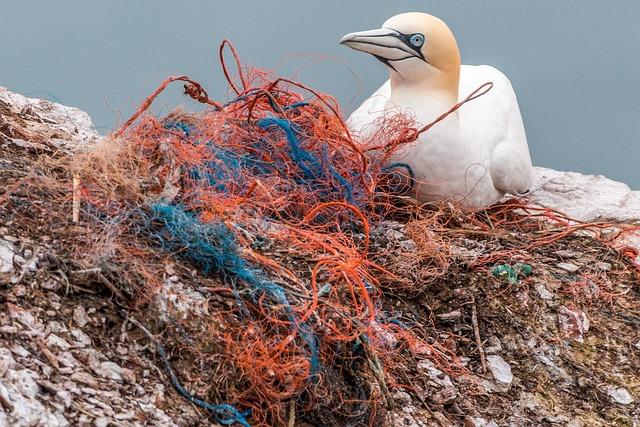3D printing is a fantastic technology that allows users to create objects from digital models. A variety of factors, such as incorrect nozzle temperature or retraction settings, can cause this. Luckily, there are a few easy solutions that can fix this problem.

One of the problems that can occur while 3D printing is stringing, leaving small strands of filament left behind on the printed object, 3D printing is a popular manufacturing method, but it has its problems. One of those problems is stringing, where small filament strands are left behind on the printed object.
Caused by a variety of factors, you can also do some things to reduce or prevent it. Various factors, such as incorrect nozzle temperature or retraction settings, can cause stringing. If you’re noticing thin hair-like plastic threads on your finished 3D prints, you may be experiencing a problem with stringing. Various factors, such as incorrect nozzle temperature or retraction settings, can cause stringing.
Here are a few tips to reduce and prevent stringing in your 3D print. We’ll share three of the best solutions for fixing stringing problems. There are a few easy solutions that can fix this problem.If you print with PLA, ABS, or any other type of filament, you’ve probably encountered the unpleasant stringing issue. It happens when thin hair-like threads of plastic cover the finished part. While it doesn’t affect the print quality, it can be unsightly. Luckily, there are a few easy solutions that can fix this problem.
Preventing Stringing
There are a few different methods to prevent the issue of stringing. Some will work better than others, depending on your setup. The first thing to try is simply adding a brim to your print. A brim is merely a ring of plastic extruded around the part prior to printing. It has the effect of strengthening and adhering the plastic to the print platform, preventing the base of the print from detaching itself. The only real disadvantage to using a brim is that it adds an extra layer to your print.
It means more time and filament used in your print. The second way to stop stringing is to alter your filament settings. These changes affect your filament’s flow, affecting its adhesion to the platform. The settings you will want to tweak would be the retraction speed and distance. The retraction speed is the amount of time it takes for the filament to retract back into the nozzle after it has finished printing.
By increasing this setting, you are causing the filament to retract more quickly. By speeding up your print and reducing the time the filament is touching the hotend. The retraction distance setting is how far the filament is pulled back into the hotend. Increasing this value reduces how far the filament can travel, which also reduces stringing.
The final method to reduce stringing is to reduce the print speeds. By decreasing the print speed, you are reducing the amount of time it takes for the nozzle to move across the print bed. By reducing the time the filament is out in the open and the amount of time the extruder has to work. The harder your extruder works, the more likely it is to heat up to the point where stringing occurs.
I hope you have found this guide helpful and that you have better luck with your next prints.
Let me know how these tips worked for you in the comments below. As always, remember to comment!
Thanks,
Bullwinkle
Need A Reliable 3D Printer?
Do you need a 3D printer that you can count on? The CREALITY Ender 3 S1 is an excellent choice! This printer is highly rated for its outstanding printing results, dependability, and user-friendly interface. Its impressive build volume gives room to make projects of all sizes and shapes bigger than ever!
The CREALITY Ender 3 S1 has everything you need to get started: a detachable magnetic build platform, a powerful extruder, and a fully enclosed chassis. This 3D printer also features high-precision laser engraving, intelligent filament detection, and a power-loss resume system.
With all that is needed to start printing, CREALITY Ender 3 S1 has it all. You can use a detachable magnetic build platform, a high-performance extruder, and an enclosed chassis. Are you ready to explore the possibilities of 3D printing?


